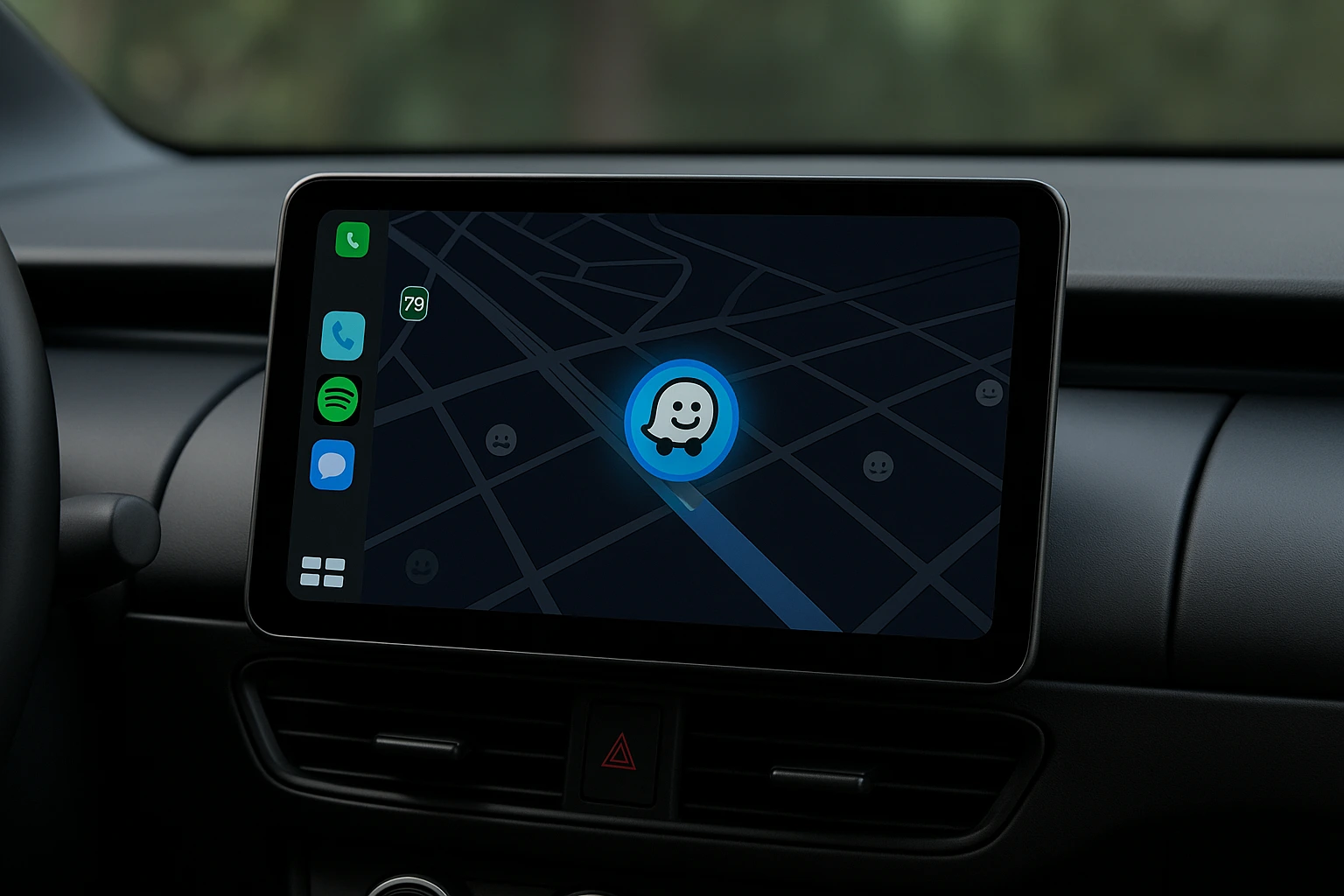In 2025, Waze continues to stand out as one of the most beloved navigation apps, not just because it helps people avoid traffic but because it evolves with the needs of its global community. While Google Maps remains its sibling under Alphabet, Waze has carved its own niche by focusing on real-time, community-driven updates that transform ordinary maps into living networks of driver insights. With the latest updates, Waze is taking another leap forward, integrating AI, electric vehicle support, and deeper smart car connectivity.
One of the biggest new features in 2025 is the integration of AI-powered traffic predictions. While Waze has always been great at detecting current traffic conditions through user reports, the new system now analyzes historical patterns, weather conditions, and even city infrastructure data to predict congestion before it happens. According to TechCrunch, this predictive model allows Waze to reroute drivers more efficiently than ever, reducing not only travel time but also fuel consumption and emissions.
Another highly anticipated update is the EV charging station locator. As electric vehicle adoption accelerates worldwide, navigation apps are racing to support EV drivers. Waze now displays real-time charging availability, speed (fast/slow chargers), and even estimated wait times, helping drivers avoid unnecessary detours. This move positions Waze as a direct competitor to apps like PlugShare and A Better Routeplanner, while still keeping its community-driven edge.
Waze has also introduced deeper integration with Apple CarPlay and Android Auto. Drivers can now access more features directly from their car’s dashboard without switching to their phone. This includes expanded voice commands, hands-free hazard reporting, and customizable widgets for quick access to favorite destinations. As The Verge points out, this makes Waze not just an app but a seamless extension of the driving experience.
Safety has always been central to Waze, and in 2025, the app now leverages AI-powered hazard detection. Using data from dashcams and connected cars, Waze can detect accidents, debris, or sudden slowdowns and notify nearby drivers instantly. Combined with community reports, this creates one of the most accurate real-time safety networks available today.
Another important addition is personalized routing. Waze now allows drivers to set preferences beyond just avoiding tolls or highways. Users can optimize routes for fuel efficiency, scenic drives, or even stress-free commuting by avoiding areas known for aggressive traffic. This reflects a broader trend where navigation is not only about speed but also about the quality of the driving experience.
The Waze community, of course, remains the heart of the platform. In 2025, Waze launched enhanced gamification elements, rewarding users not only for reporting hazards and traffic but also for eco-friendly driving, such as maintaining steady speeds or choosing less congested routes. These features are designed to encourage safer and greener driving habits, making Waze not just a navigation tool but a behavioral influence on drivers.
One more notable upgrade is the integration with smart city infrastructure. In select urban areas, Waze now collaborates with municipalities to receive direct updates on road closures, construction, and public transit conditions. This two-way communication benefits both drivers and cities, as local governments can also access anonymized Waze data to improve traffic management.
Looking ahead, Waze is also testing augmented reality navigation, overlaying directions onto live camera views to make driving instructions even clearer. While still experimental, AR navigation could become one of the most significant upgrades in the coming years, especially as cars integrate more advanced HUD (heads-up display) technology.
In summary, the new features in Waze 2025 underline the app’s mission to remain not only relevant but essential in a rapidly changing mobility landscape. From AI traffic prediction to EV support and city partnerships, Waze continues to innovate while staying true to its roots as a community-driven navigation platform. For drivers, this means faster, safer, and smarter journeys.
👉 For more insights into digital tools and apps shaping everyday life, visit our Technology section.
👉 To read app comparisons and detailed evaluations, check out Reviews
